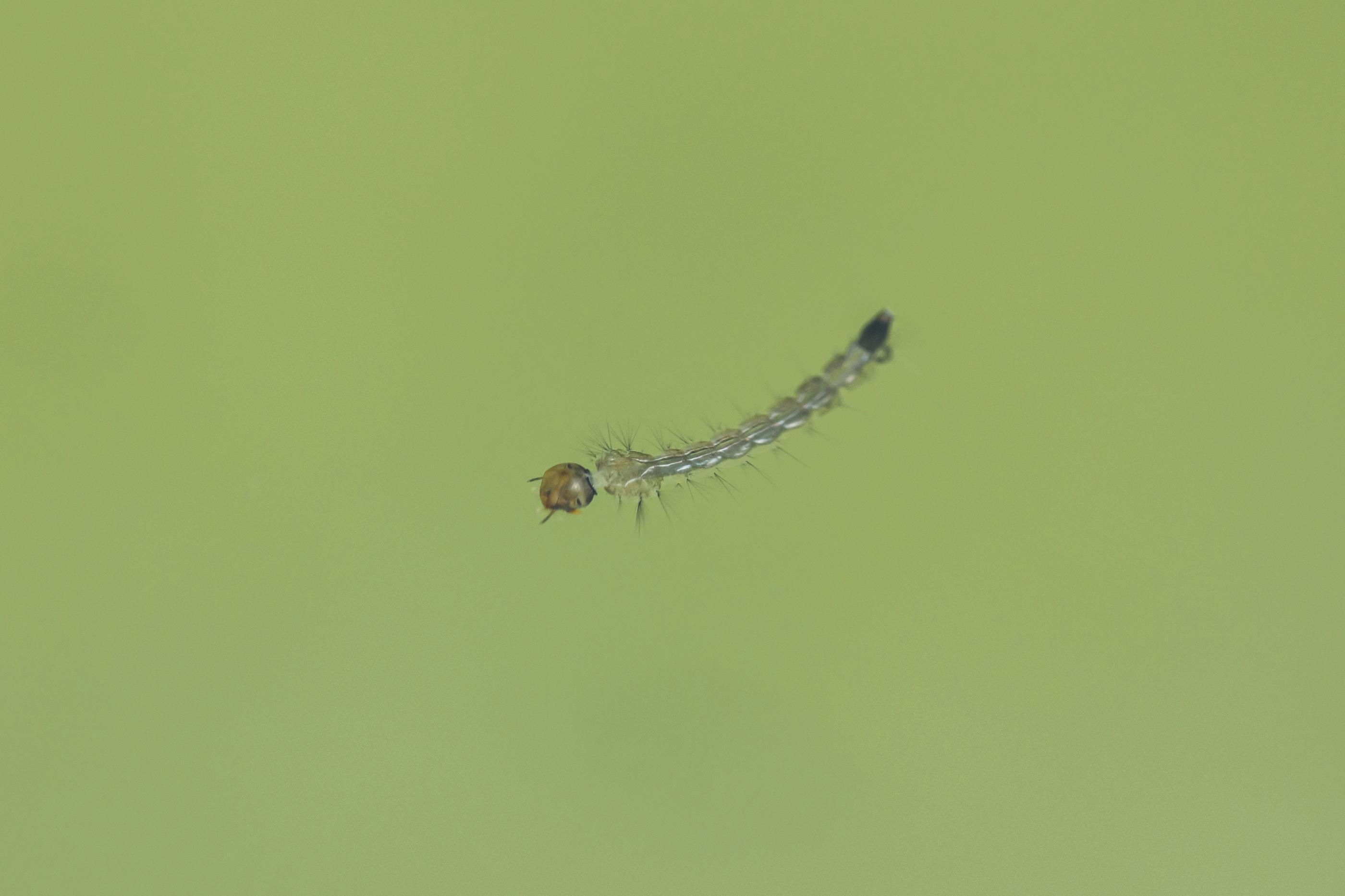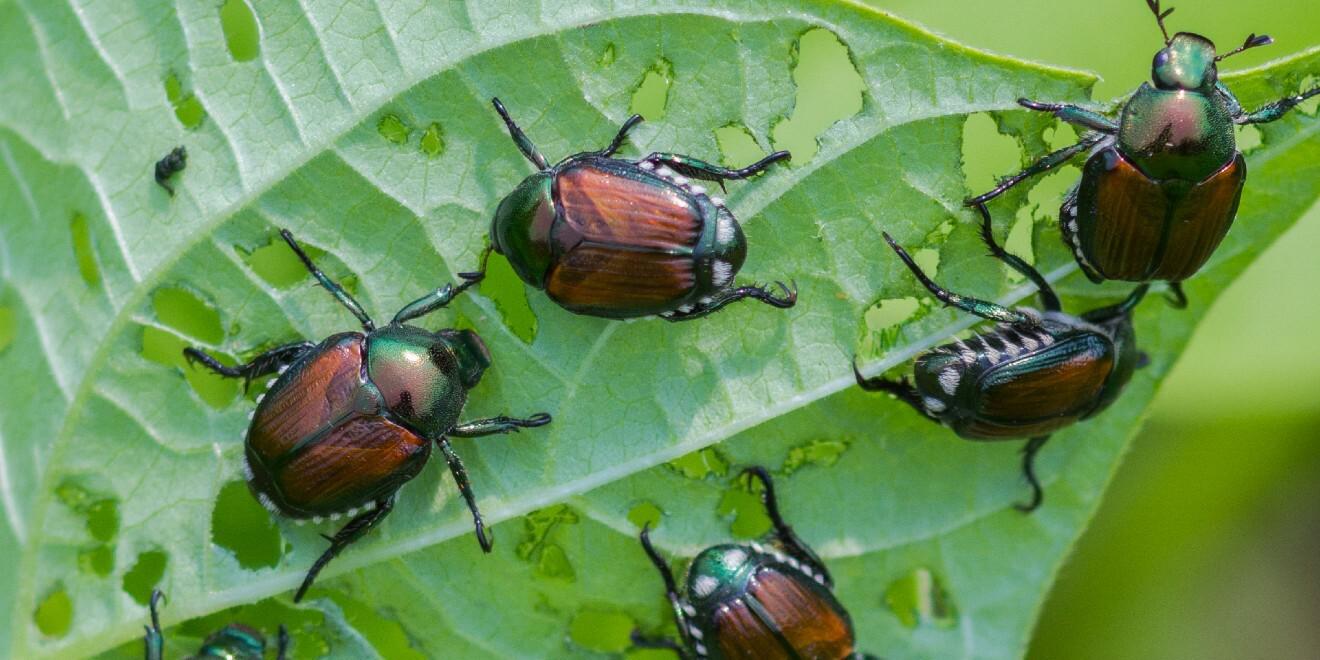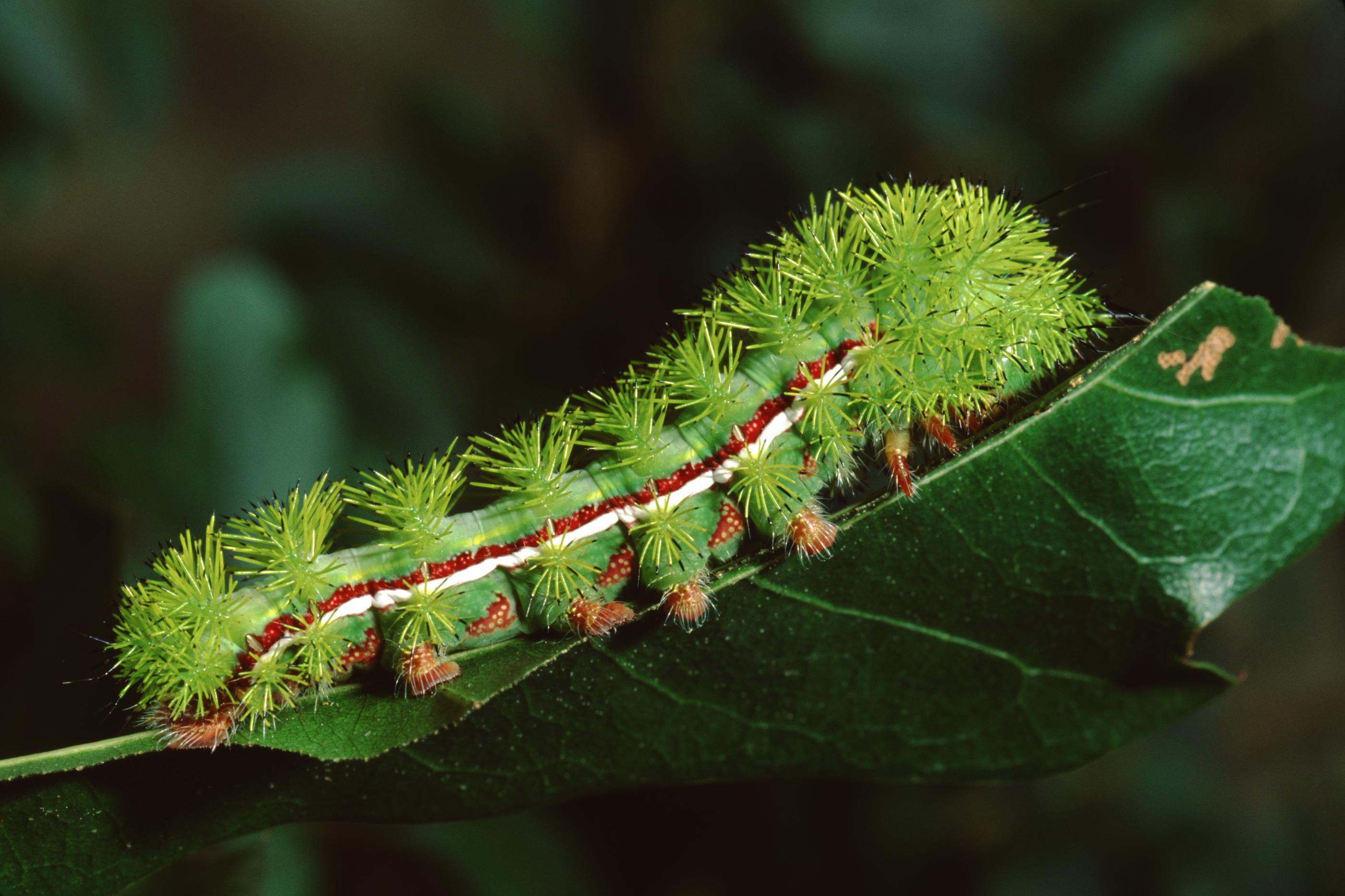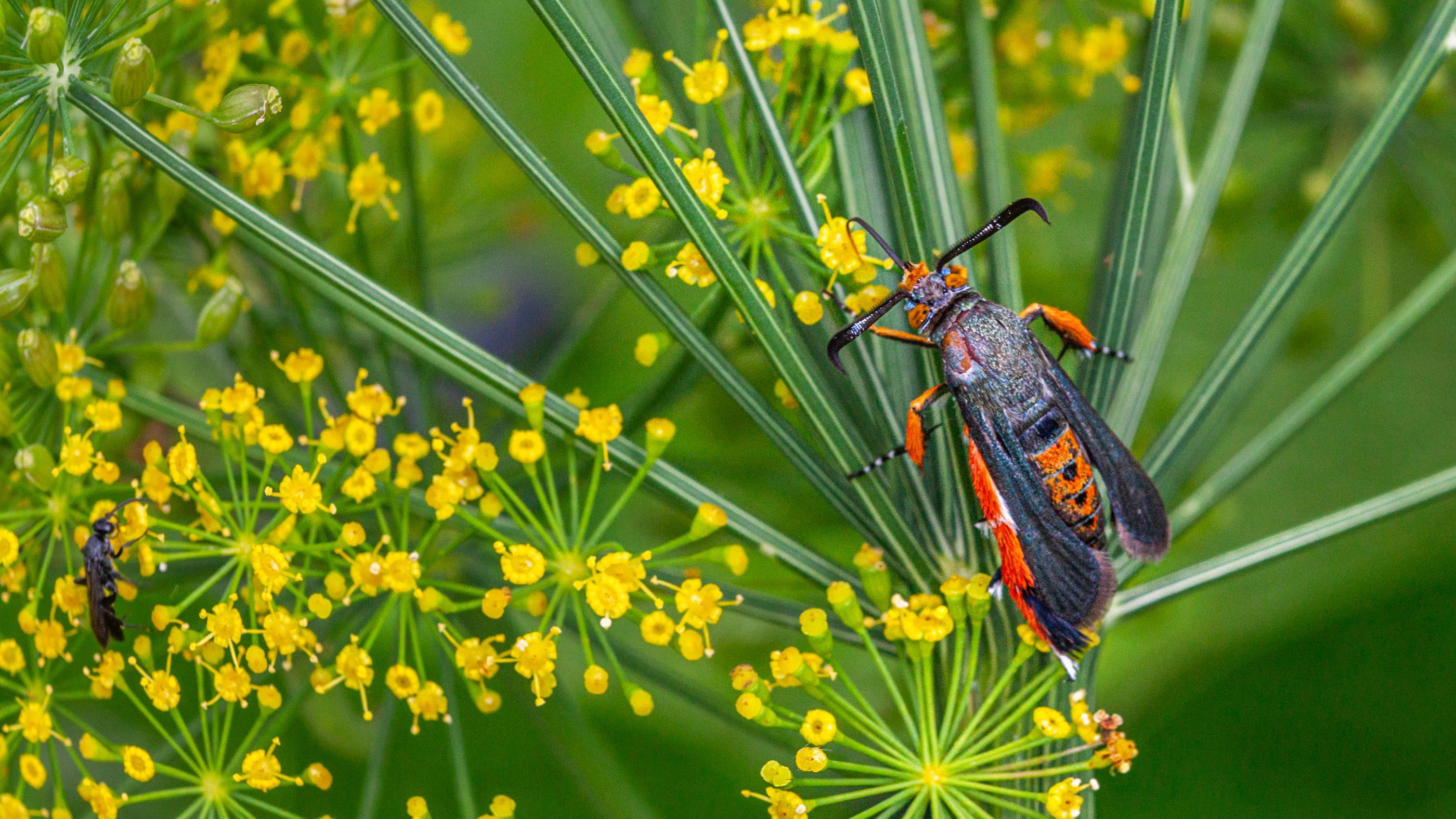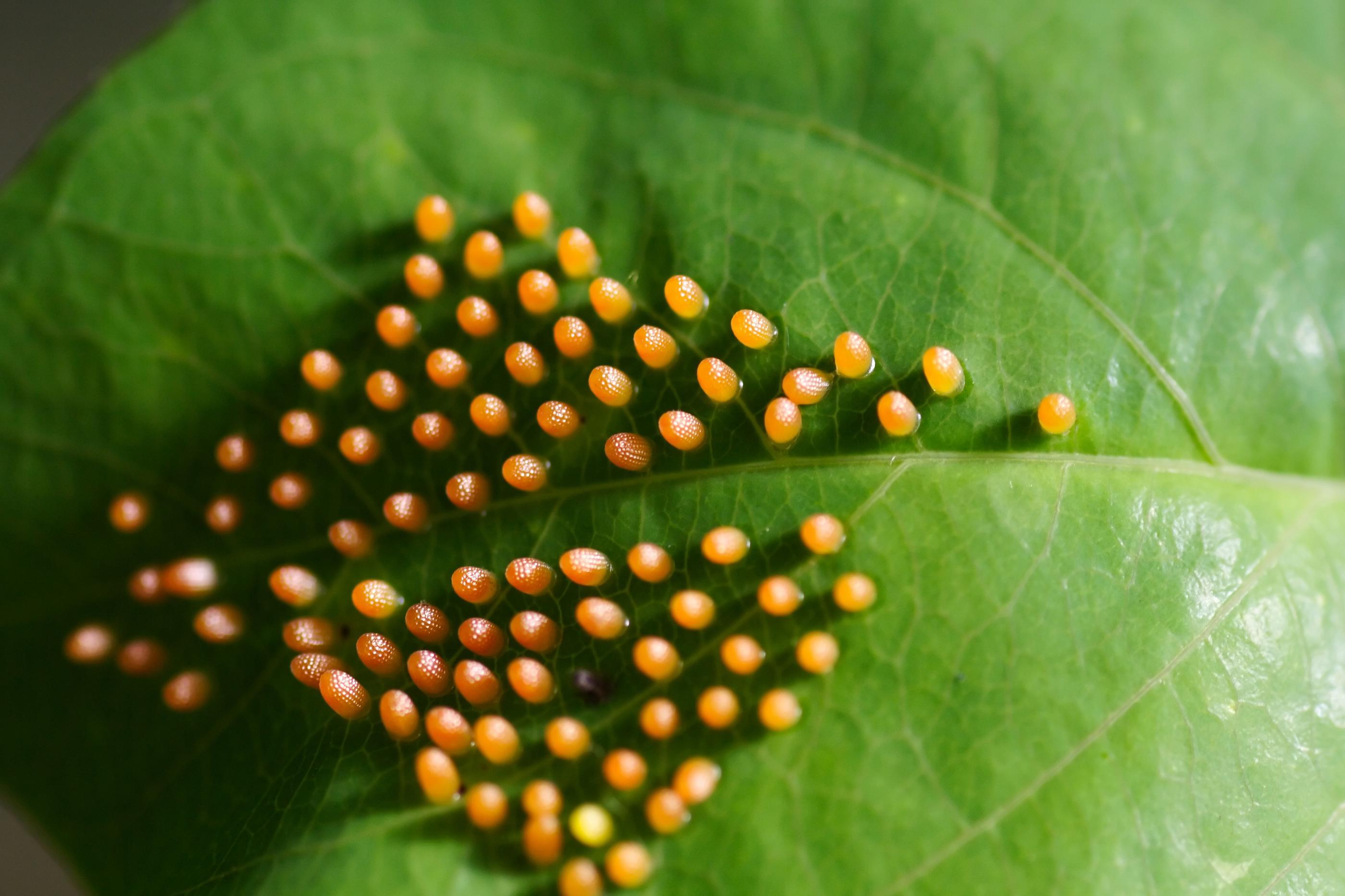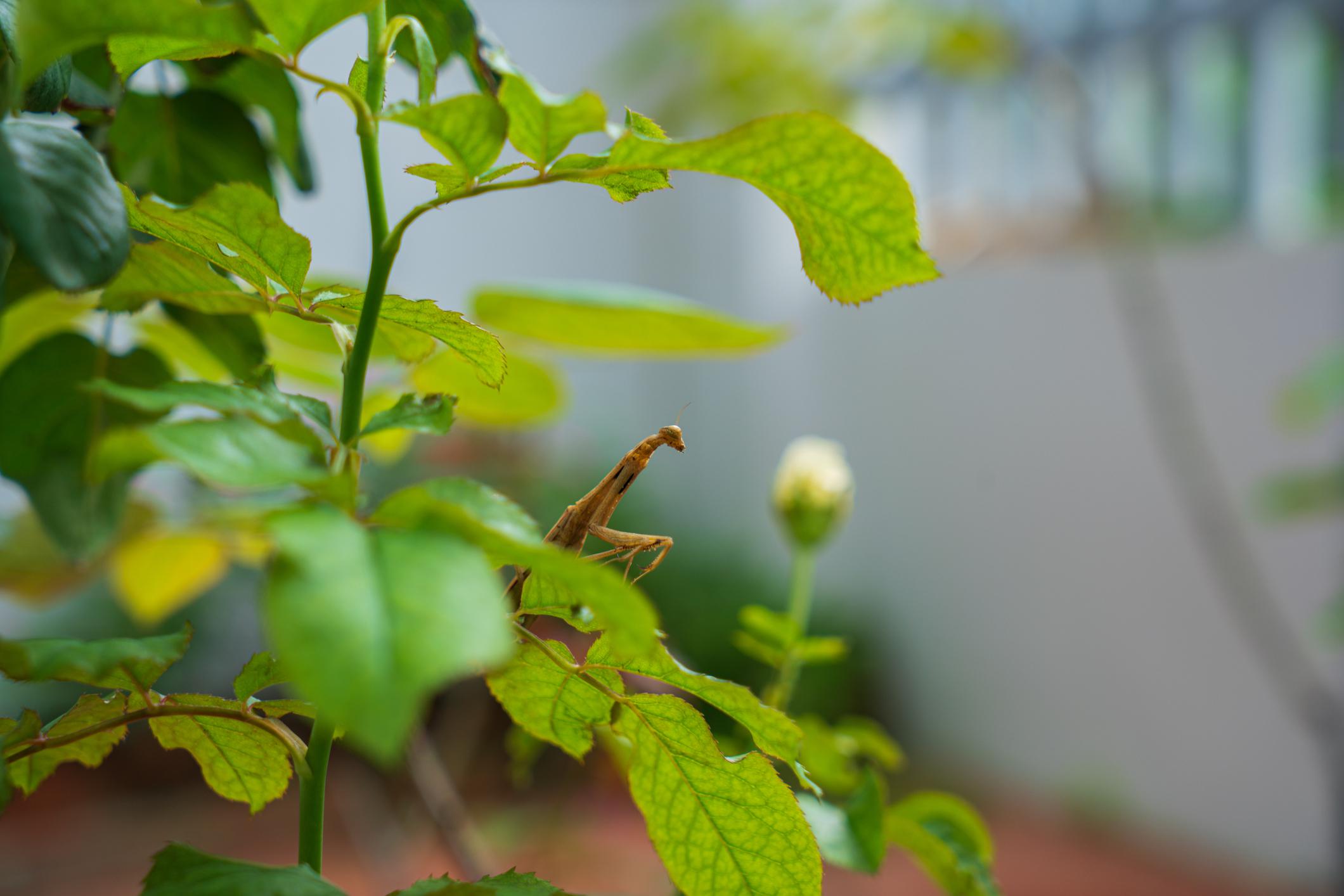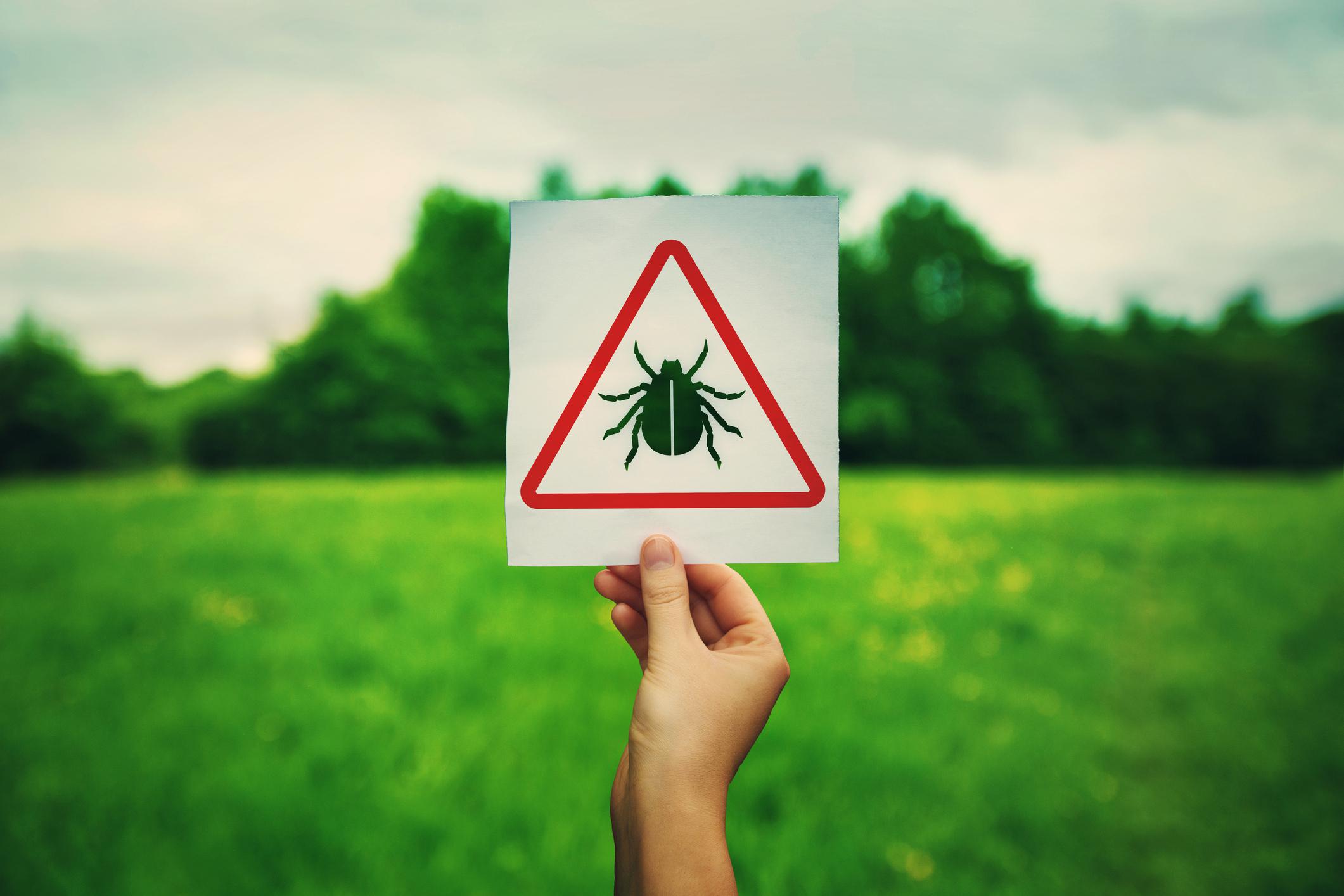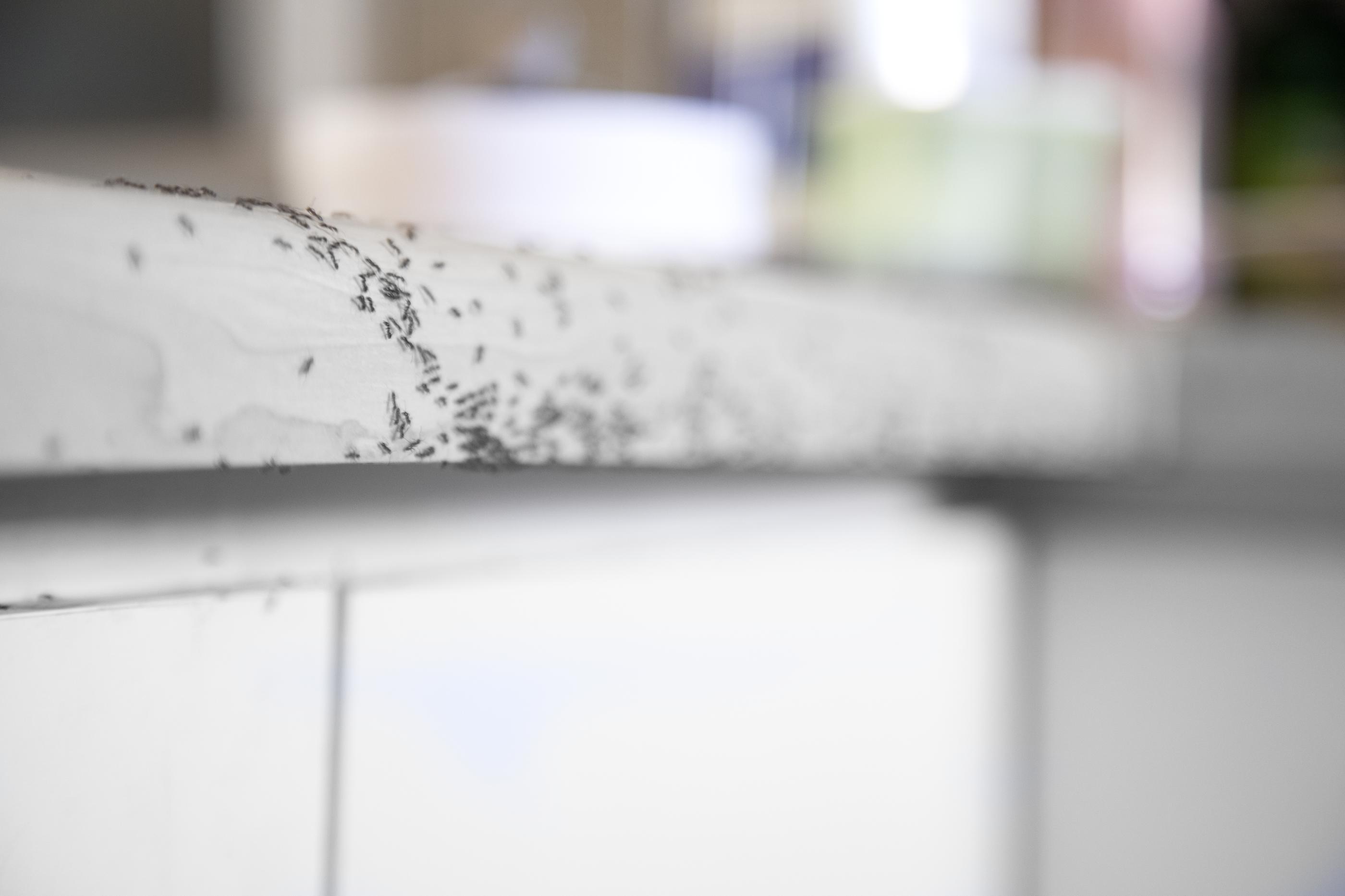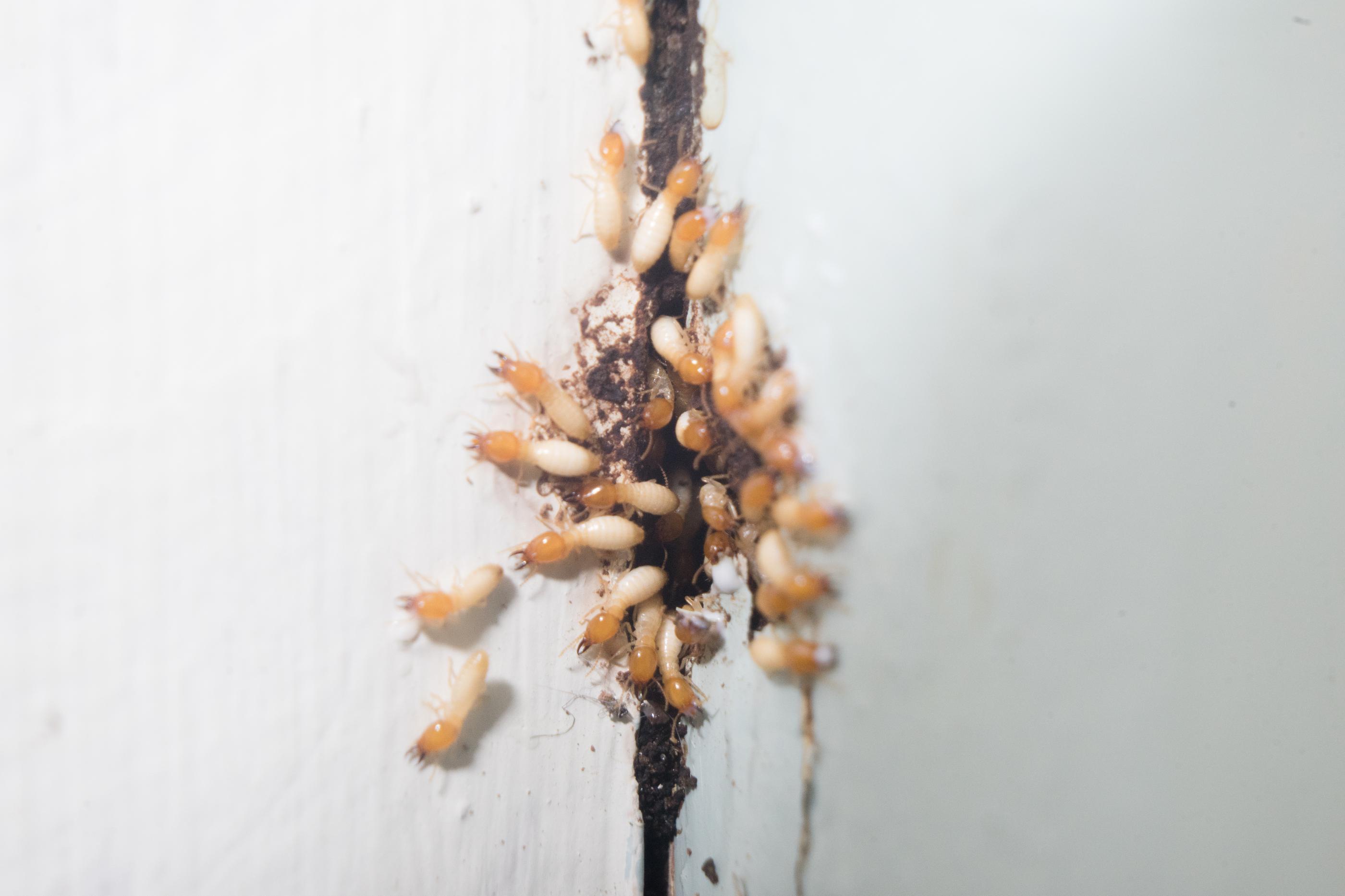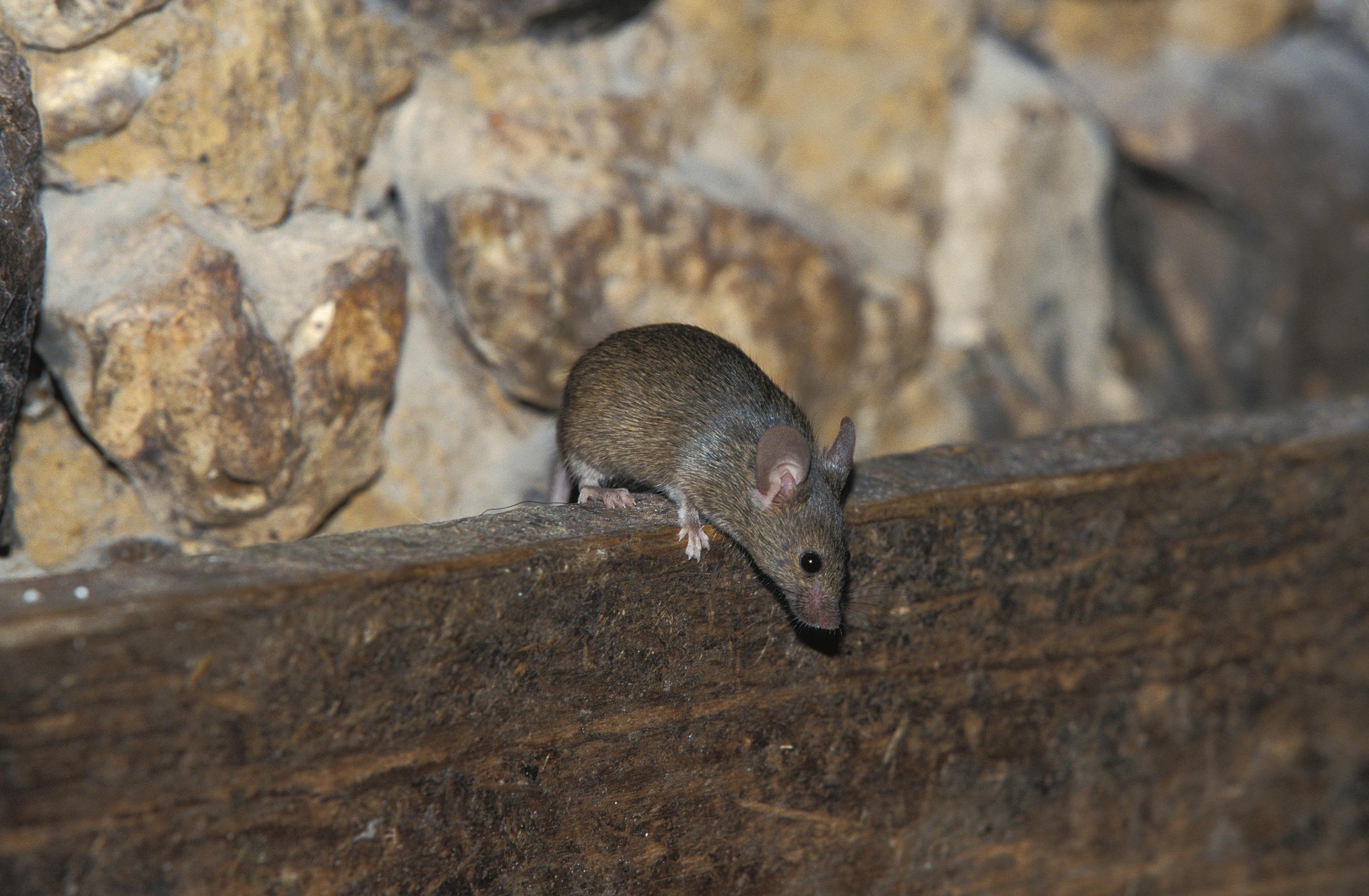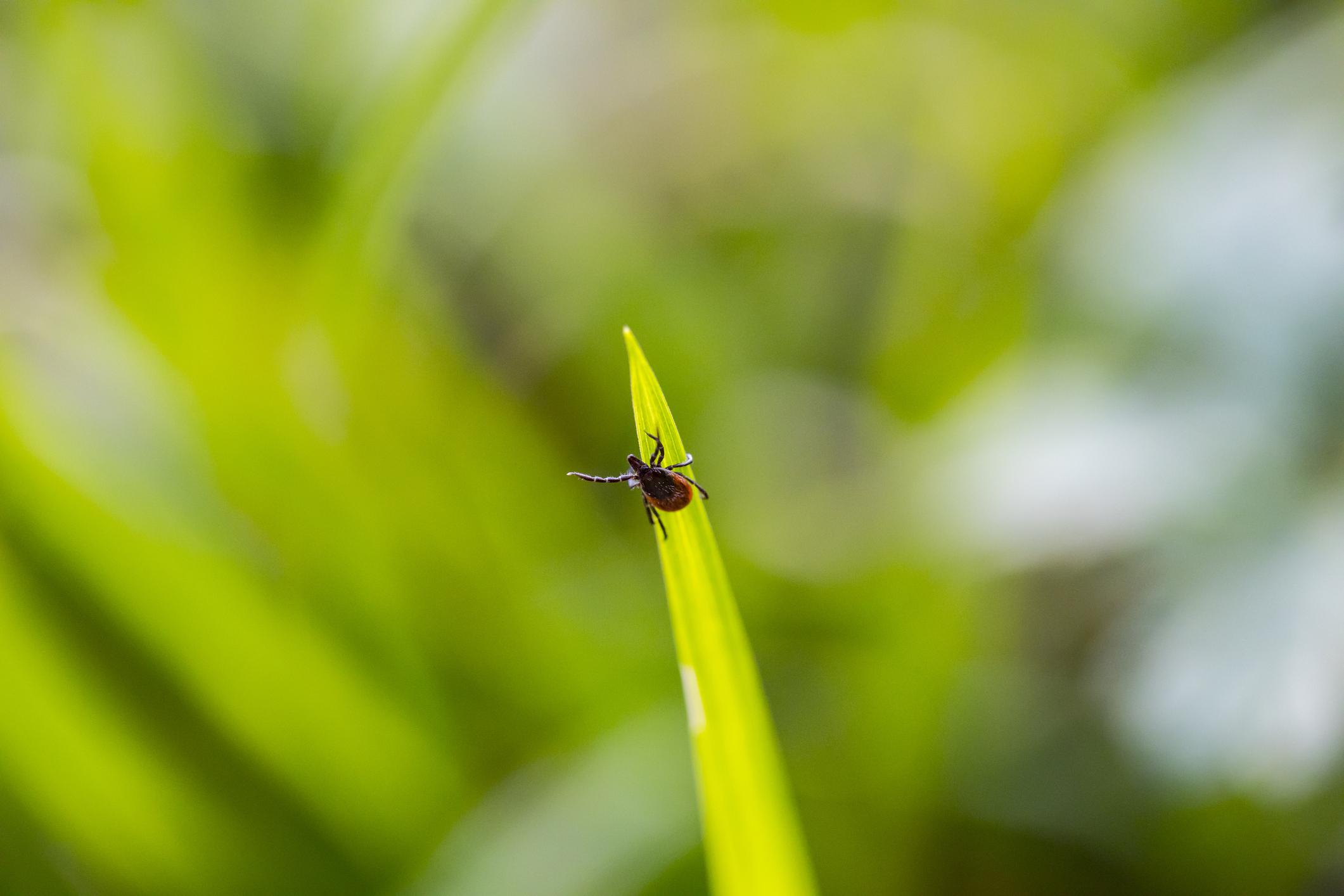Tick life cycle reveals importance of removing them quickly
Posted by Mosquito Squad
August 9, 2017
This article will feed your fascination with ticks — or make you wary of them. If you’re in the Canton, Weymouth or Hingham, MA, area and you’re fearful of catching the diseases transmitted by ticks, then we’ll cut to the chase. You probably want to contact Mosquito Squad of Boston Metro South to treat your yard for mosquitoes and ticks as soon as possible. Please see our contact information below.
On the other hand, if you’re fascinated with ticks, we have a lot of good information to share with you about the tick’s behavior and its interesting little life cycle. Read on!
How much do you know about ticks? We’ll start with some fun facts:
• Ticks are members of the arachnid family, along with spiders, scorpions and mites.
• There are four stages in the tick life cycle: egg, larva, nymph and adult.
• As arachnids, ticks have eight legs; however, tick larvae have only six legs.
• Ticks don’t have eyes.
• Ticks don’t fly or jump.
• Ticks eat only blood.
The tick’s dilemma starts to come into focus when you realize that it must find blood to eat three times during its life — first as a larva, then as a nymph and finally as an adult. The creature consumes only one blood meal at each of these three stages. If the tick does not find a blood meal at any one of these stages, it will not survive.
So you see it is very important to the tick that it find a host — a blood-filled mammal on which it can feast. The host could be a mouse, a deer, a dog, a human or other mammal. It could be one of us.
This blood-filled tick is the size of a blueberry!
How do ticks find their prey?
Knowing that a tick cannot see, you may wonder about this. The tick has amazing sensors on its two front legs that can detect body heat, odors, the carbon dioxide in an animal’s breath, or moisture and vibrations. According to the CDC, some ticks can recognize a shadow. Talented!
The cunning little tick clings to a shrub or blade of grass with its other six legs while these two front legs reach out into the air, trying to detect prey. Once they locate a passing animal, these same two front legs have claws that can latch on to the host as it brushes by. Wham!
You probably won’t feel the tick when it arrives. Some ticks find their feeding spot quickly and latch on, while others will crawl around looking for a good spot with thinner skin. Needless to say, if you find a tick higher up on your body, it probably came aboard at your ankle or lower leg and crawled up from there!
How do ticks feed?
Here’s where it can get gross: the tick will use its claws to grasp the animal’s skin and make cuts so it can insert its feeding tube into the host. The tick sucks blood slowly. It can suck on that one spot for days or even a week if not interrupted. One reason the host may not feel that activity is because the tick secretes saliva with anesthetic properties. We are numbed.
Ugh, that saliva. It also contains an anticoagulant that keeps the host’s blood flowing, as well as a cement-like substance that helps the feeding tube stay in place for several days if necessary. There are barbs on the feeding tube that also hold it in place. That’s why ticks can be so difficult to remove once they have latched onto a host.
Why are ticks dangerous to humans?
Unfortunately for us, blood loss is not the real issue. It’s that tick saliva again. Remember that a tick may have more than one host during its life cycle. It’s possible that a mouse was the first host and the human was the second or third host for that tick. That’s where diseases come in, such as Lyme Disease. The tick sucks up bacteria (pathogens) in the mouse’s blood and then delivers it to the next host through tick saliva.
We have about a 24-hour window during which we can locate and remove a tick before it transmits pathogens into our bloodstream. That’s how long it takes for the disease-causing bacteria to move from the tick’s gut to the saliva and out to the host.
So each time you go into the woods, or even into your yard (if you don’t have a tick-control service like Mosquito Squad), it’s very important to check your body (or your children’s bodies) for ticks. You definitely want to find and remove ticks before they latch on or before they start to transmit pathogens through the saliva. In the nymph stage, they may be as small as a freckle! You can read more about proper tick removal practices in our blog Mosquito Squad of Boston Metro South debunks tick removal myths.
Does nature provide any pest-control to decrease ticks in the yard?
As far as entomologists know, ticks do not have any natural predators. Some people believe that guinea hens eat ticks, but scientists say that isn’t true. The only assistance we may get is from fungi, which can attack tick larvae. Other than that, we’re on our own.
If you’re concerned about ticks on your property, especially if children play in the yard, call Mosquito Squad of Boston Metro South at (781) 297-0123 for a Free Consultation! Be sure to ask about our Late Summer Tick Cycle Package, too.
Mosquito Squad of Boston Metro South serves: Abington, Avon, Braintree, Brockton (02301), Canton, Cohasset, Dorchester (02124), Hingham, Holbrook, Hull, Hyde Park, Mattapan, Milton, Quincy, Randolph, Weymouth and Wollaston.…

